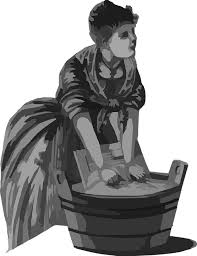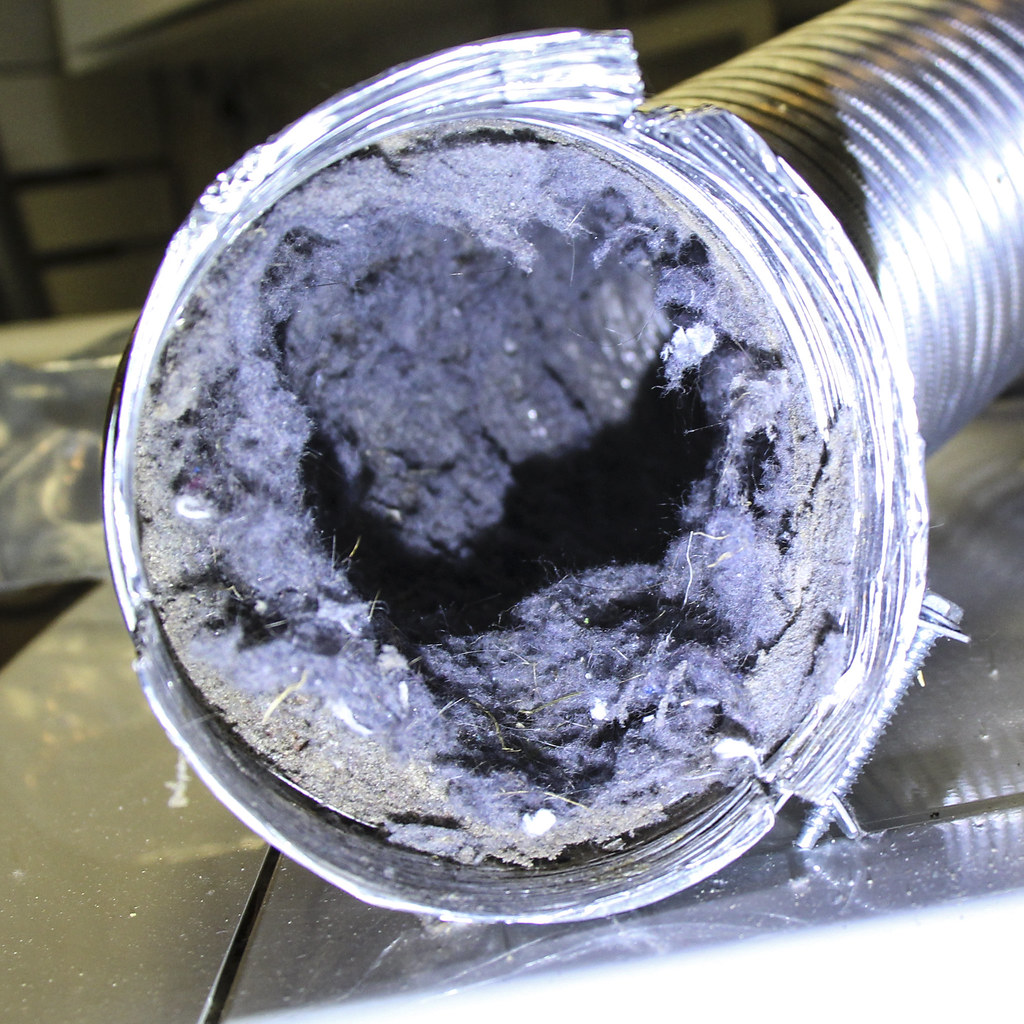
Handling our many household chores is all about convenience. For many decades, the incredible washer and dryer power duo have made it possible for us to enjoy easy access to clean, ready-to-wear wardrobes. However, these appliances have a dark side that can result in serious loss, particularly dryers.
The United States Fire Administration (USFA), a federal agency that collects and shares data on fire-related losses, reminds us that dryers, while extremely handy, can also be dangerous. In a recent agency report, fires caused by clothes dryers result in losses of $35 million per year, nationwide. Let’s repeat that – $35 million in dryer-related losses each and every year.

According to the report, such losses occur more frequently in cooler weather, occurs mostly in residences and, for a bit of good news, most fires are limited to the dryer itself. However, such fires can and do easily spread to other parts of an apartment or home.
More than a third of dryer fire losses are created by insufficient dryer maintenance and improper use. Therefore, dryers, as a source of loss, are quite controllable by homeowners. Here are some suggestions to help minimize dryer fires:
- Properly and regularly clean out lint traps – that should include vacuuming out the area housing the lint trap too
- Avoid putting items in a dryer which are more prone to igniting such as items containing foam (lined drapes, athletic shoes, bathroom rugs)
- Remove lint that accumulates underneath and in areas outside of the dryer which is also sources of fire
- Regularly clean out dryer vents. A thorough job is necessary to keep vents free of accumulated lint and, even more serious, bird or rodent nests
- Do not overload dryers since fires are more likely due to restricted airflow and higher heat build-up
- Make sure the dryer vent pipe is properly installed and is free of kinks (again, to avoid airflow restriction and heat build-up
- Consider using a dryer that has a moisture sensor which can end dryer cycles with less of a heat build-up that is permitted by dryers that use thermostats
These simple few safety steps are all that it takes to help avoid a potentially serious fire. Be clean, be dry……and be smart!
COPYRIGHT: Insurance Publishing Plus, Inc. 2015
All rights reserved. Production or distribution, whether in whole or in part, in any form of media or language; and no matter what country, state or territory, is expressly forbidden without written consent of Insurance Publishing Plus, Inc.

 Contact
Contact
 Email an Agent
Email an Agent

 Click to Call
Click to Call Get Directions
Get Directions


